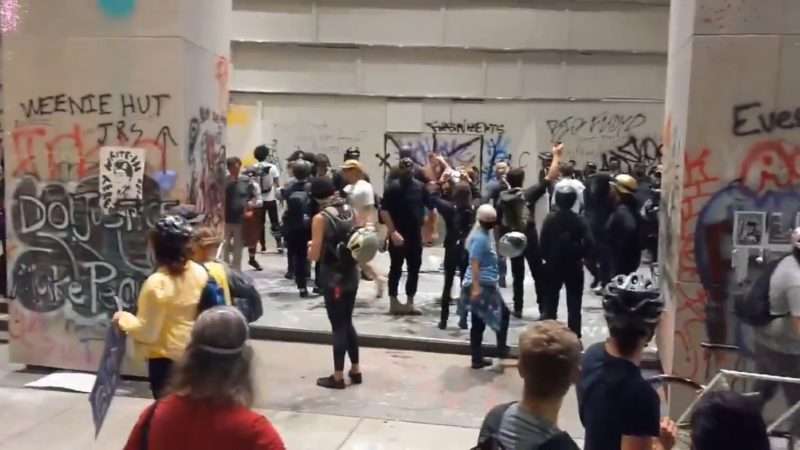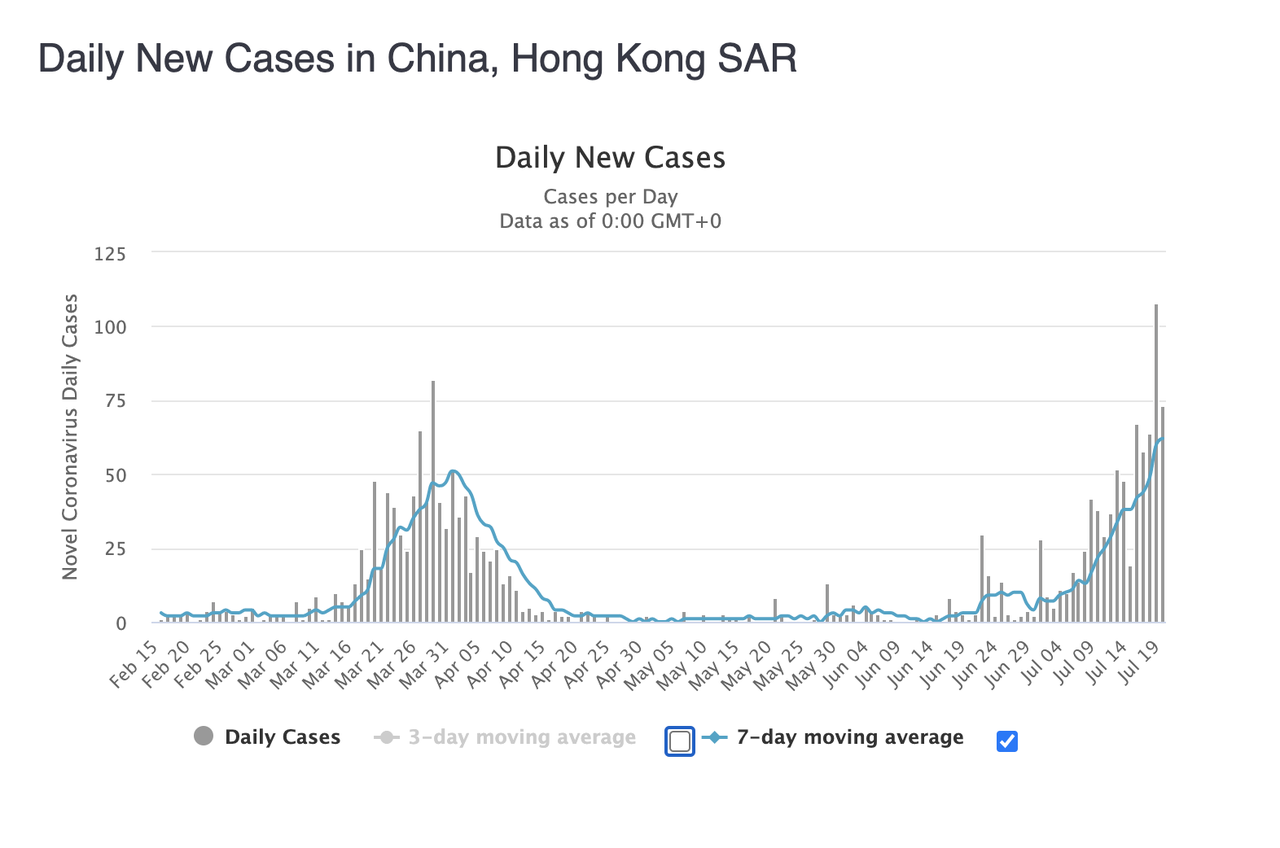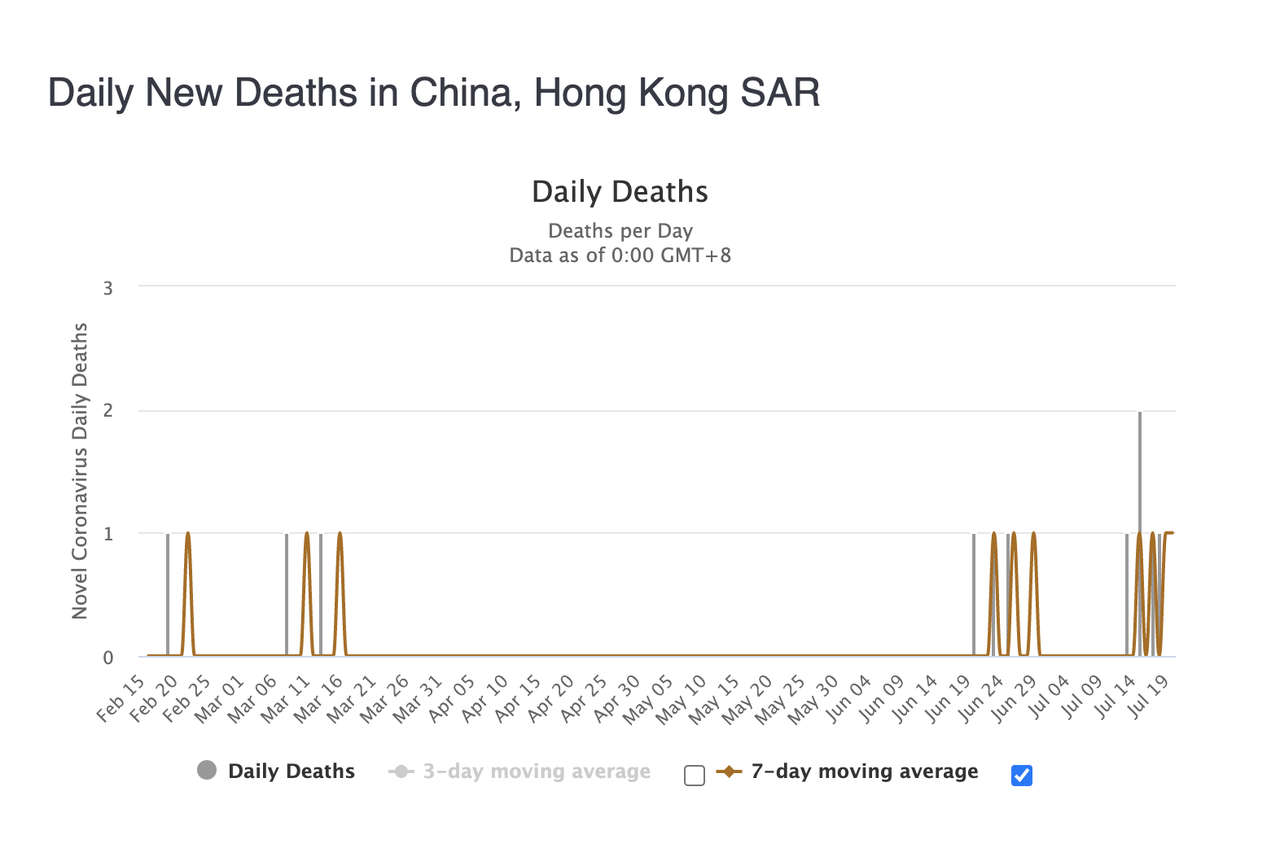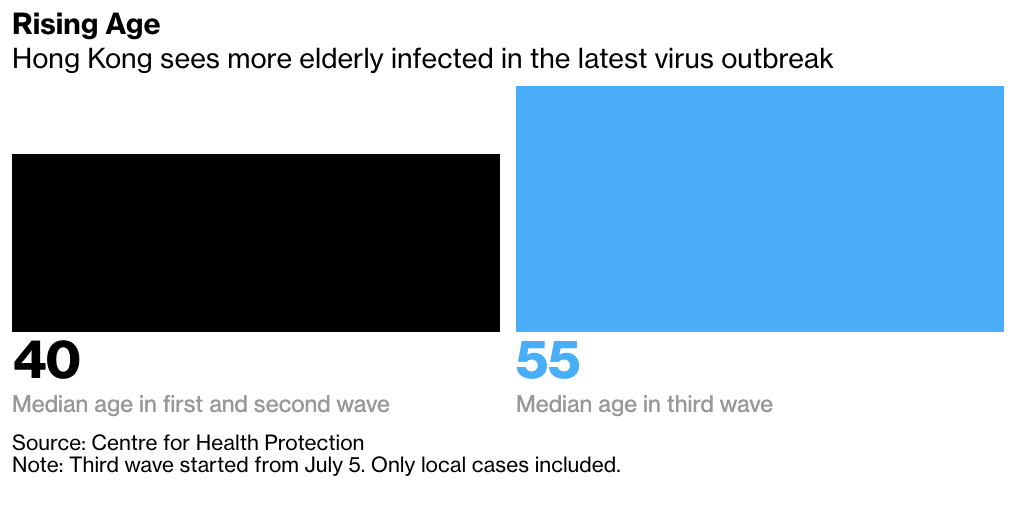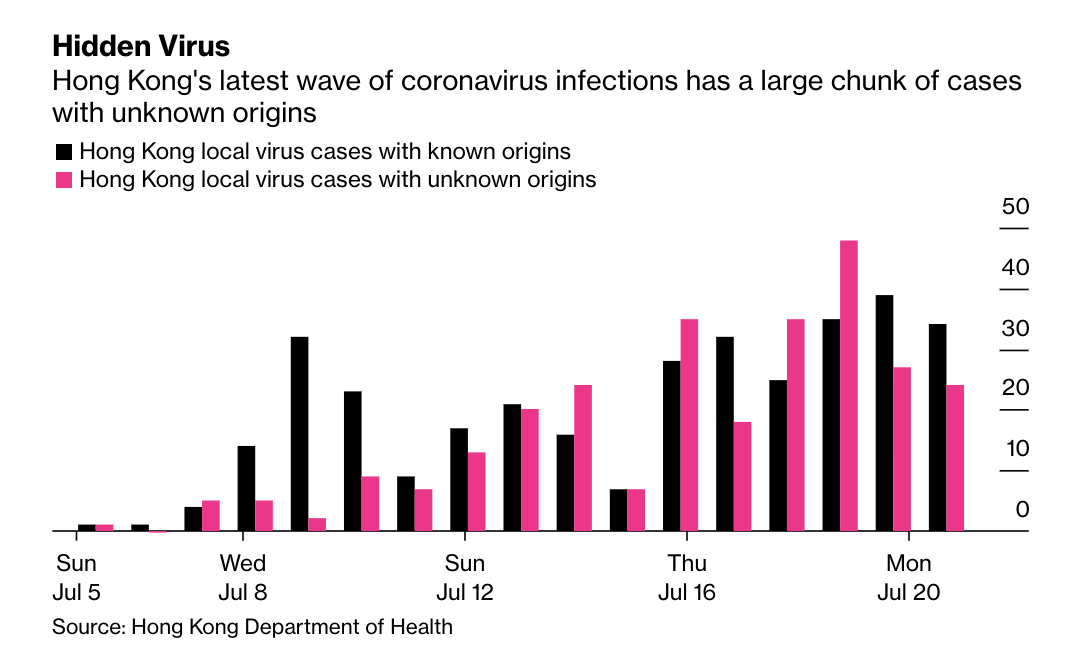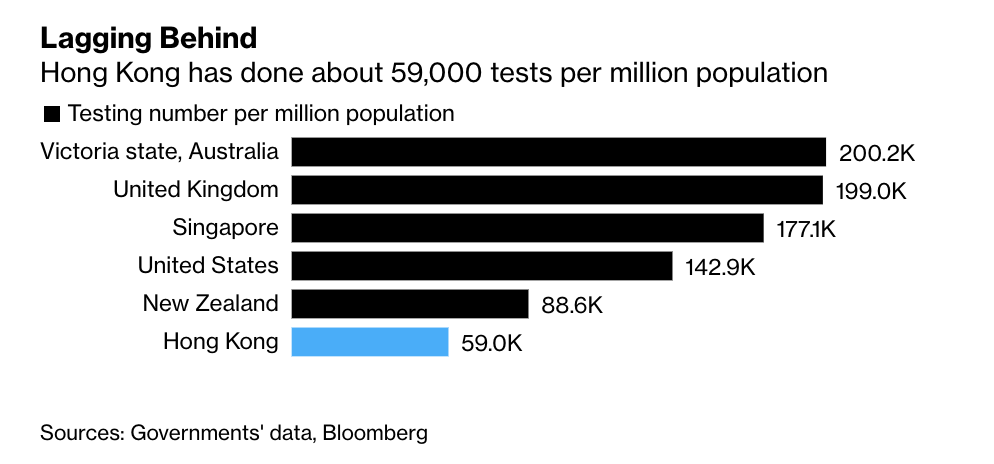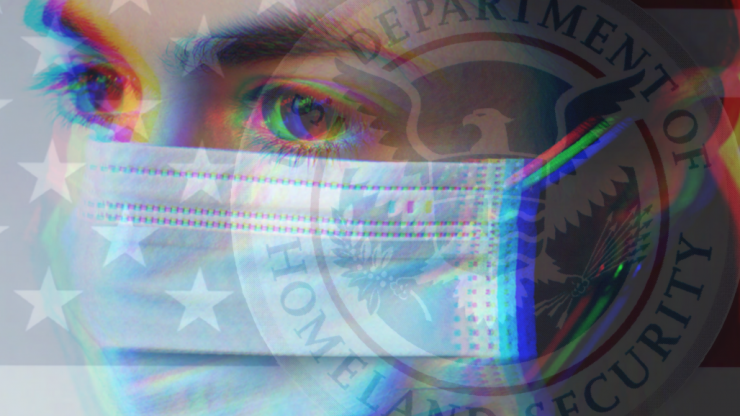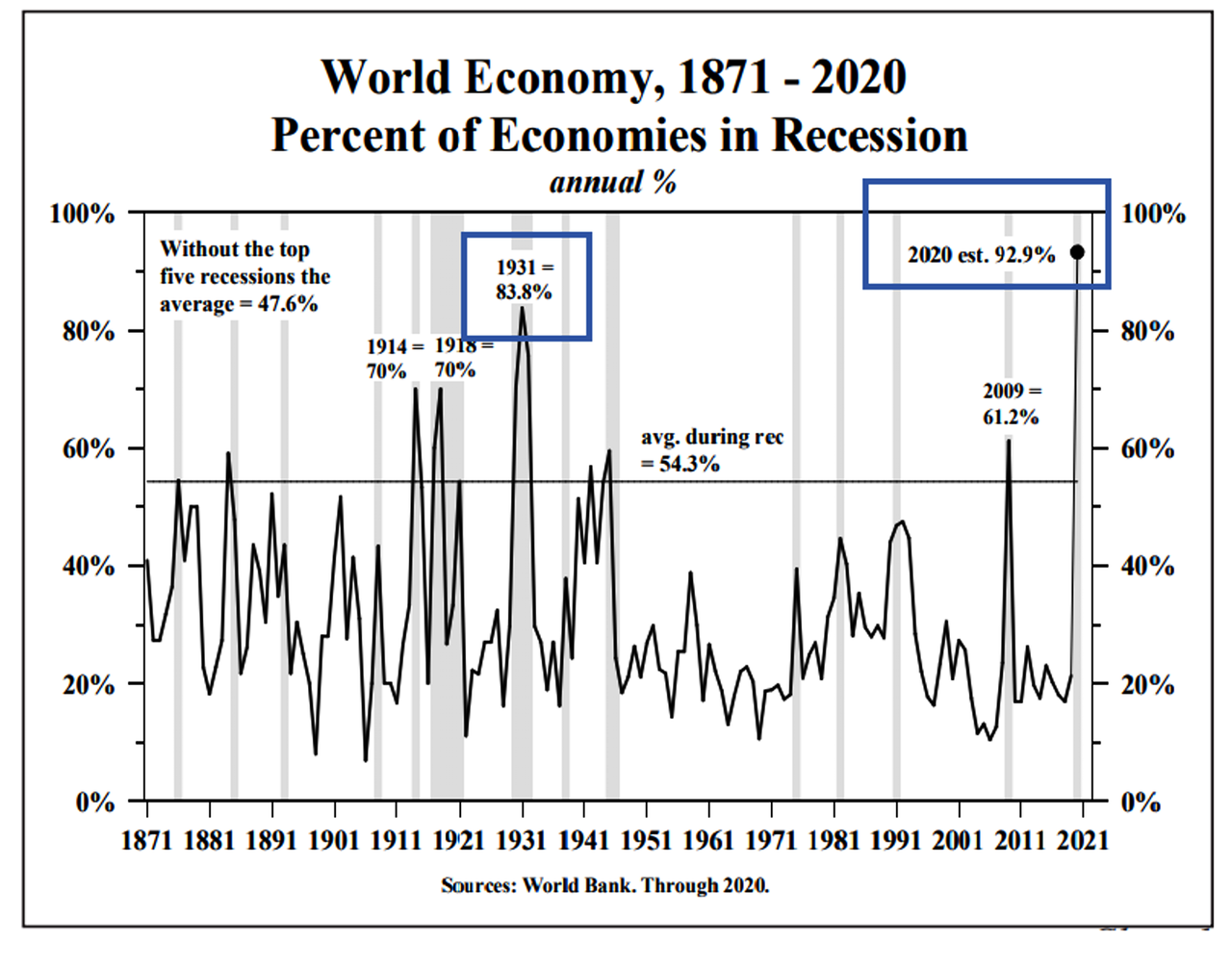As a general matter, federal judges will recuse if they have some sort of relationship with one of the named parties. Indeed, most clerks will screen cases, to avoid assigning a matter to a judge that would create a potential recusal. Occasionally, conflicted cases slip through the cracks–even at the Supreme Court. Sometimes the identity of all parties isn’t obvious, and a conflict only becomes clear after the case is assigned. But what happens when the conflict arises based on an amicus brief? Friends of the court may file briefs long after the panels are assigned. And these filings may give rise to conflicts of interest. What should a court do in such a case?
In 2018, the Federal Rules of Appellate Procedure were amended to address this situation. Rule 29(a)(2) provides:
Any other amicus curiae may file a brief only by leave of court or if the brief states that all parties have consented to its filing, but a court of appeals may prohibit the filing of or may strike an amicus brief that would result in a judge’s disqualification.
In short, if an amicus brief would create a recusal, the court can strike it.
The Fifth Circuit relied on this rule in Texas v. United States, the challenge to the Affordable Care Act. On April 1, 2019, Children’s Partnership and First Focus filed an amicus brief. They were represented by Stuart Delery of Gibson, Dunn & Crutcher. On April 8, 2019, the docket reflected a one-line, unsigned order:
COURT ORDER striking AMICUS BRIEF filed by First Focus and Children’s Partnership.
No explanation was given. But the conventional wisdom was that the brief was struck to avoid Judge Jim Ho’s recusal. (Ho had worked at Gibson, and his wife is currently a partner there). That strike also led some to speculate that Judge Ho might be on the three-judge panel. Ultimately, he was not on that panel. And he eventually recused from the en banc court, even though the Gibson brief was struck. (My uninformed speculation: Judge Ho recused based on his work on the original ACA challenge as Texas Solicitor General.)
Judge Andrew Brasher, a new member of the Eleventh Circuit chose a different approach. Today he recused from en banc consideration of Florida’s felon disenfranchise case. There was no conflict with any of the parties. Rather, he identified a conflict because the Alabama Attorney General, his former employer, filed an amicus brief. He explained:
Before joining the bench last year as a district judge, I worked as a lawyer at the State of Alabama Attorney General’s Office. Upon being nominated and confirmed to the position of district judge, I conferred with staff at the Committee on Codes of Conduct for the Judicial Conference of the United States about recusal-related issues. They recommended that I adopt a general policy of recusing from cases in which lawyers from the Alabama Attorney General’s Office represent a party for about two years. This policy would avoid any appearance of partiality by allowing a reasonable time period between when I worked with these lawyers as a colleague and when I might rule in one of their cases as a judge.
Other judges may reasonably choose different policies or different time periods. Some judges may not feel the need for a blanket recusal policy at all. But I thought the suggestion was a good idea, it was consistent with the recusal policies of other members of the district court on which I served, and I adopted the policy as a district judge.
I intend to continue following this recusal policy as a member of this court. In this case, lawyers from the Alabama Attorney General’s Office filed an amicus brief. Whether and how a judge’s recusal policies should apply to amicus participation is an unsettled area. But, with some exceptions that do not apply here, my policies apply to amici in the same way they apply to parties. For that reason, I am recusing myself from this matter.
Brasher could have asked the clerk to strike the Alabama amicus brief. But he instead chose to recuse. I appreciate this clarity. Judge Brasher explained, with candor, why he was stepping down. Far too often recusal orders are void of reasoning. I agree with his rationale.
As an ethical matter, I think it better for the judge to step down than to strike the unwitting amicus brief. FRAP 29(a)(2) permits that resolution, but it is eminently unfair to the parties. Put yourselves in the shoes of the attorney who spent time and money writing a brief, only for it to be invalidated. However, this practice sends a clear signal to the market: clients who agree with Judge Ho’s general jurisprudence may be hesitant to hire Gibson Dunn to file an amicus brief for the Fifth Circuit, lest their brief force a recusal. For similar reasons, the Alabama Attorney General, may be hesitant to file amicus briefs in Eleventh Circuit. For the next two years, Judge Brasher will be recused from any case in which the Alabama Attorney General’s office is a party, or serves as an amicus. I suspect we will see multi-state coalitions file in the Eleventh Circuit, with Alabama left off the signature block.
There is a unique situation where FRAP 29(a)(2) makes eminent sense: parties may deliberately try to force a specific judge to recuse by hiring her former firm to file an amicus brief. I think this possibility is rare, because most firms would not knowingly take a client who is trying to force the disqualification of their former colleague.
from Latest – Reason.com https://ift.tt/2BjBGWy
via IFTTT
